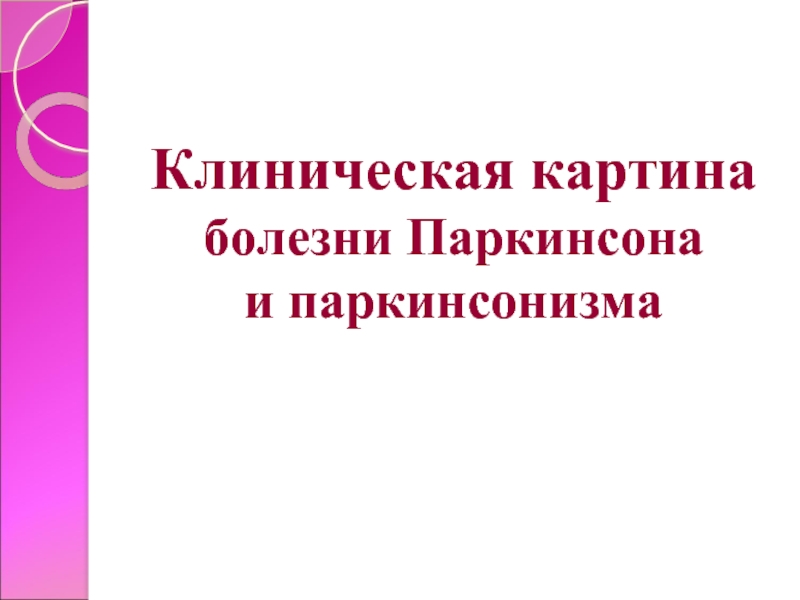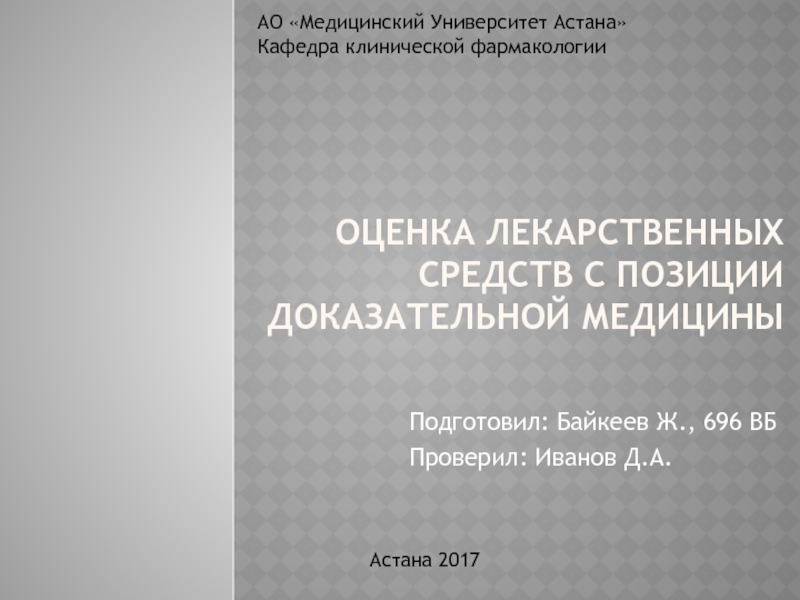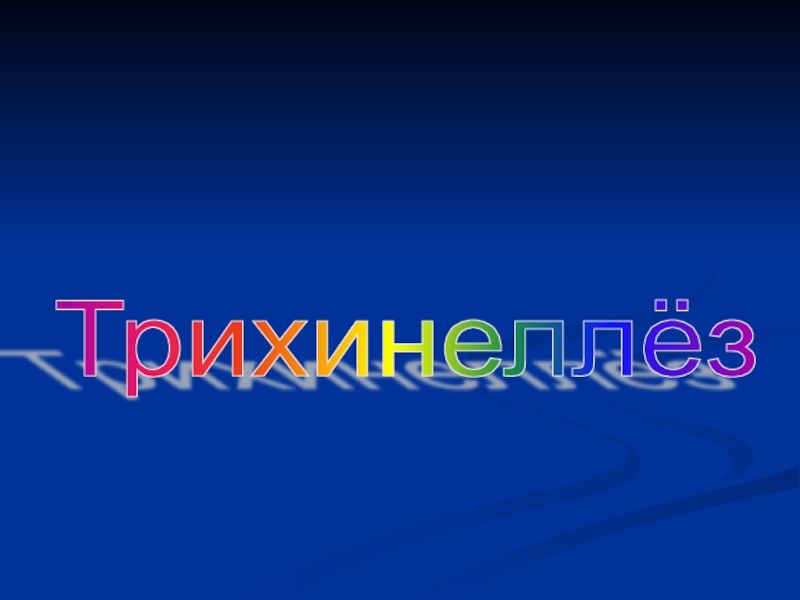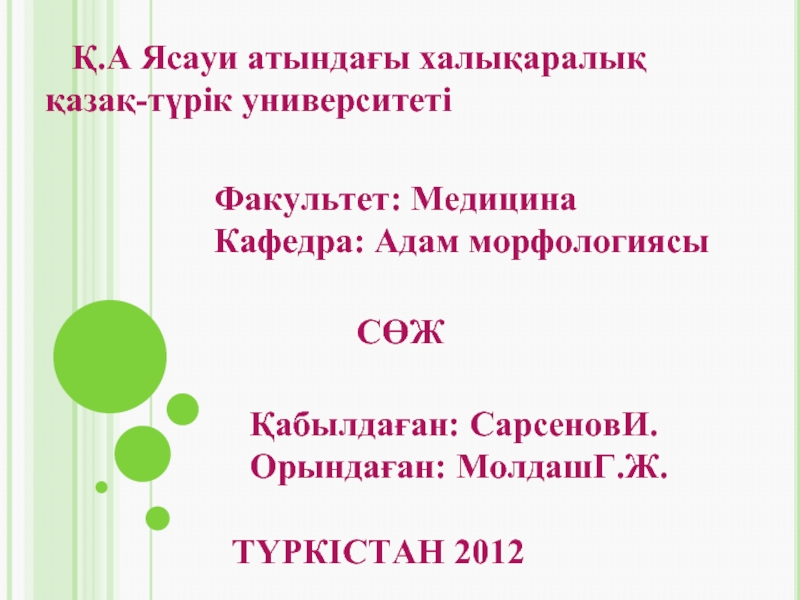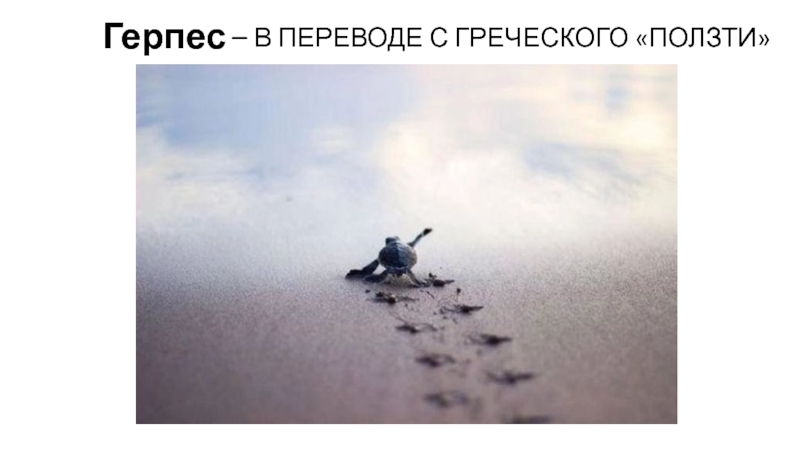- Главная
- Разное
- Дизайн
- Бизнес и предпринимательство
- Аналитика
- Образование
- Развлечения
- Красота и здоровье
- Финансы
- Государство
- Путешествия
- Спорт
- Недвижимость
- Армия
- Графика
- Культурология
- Еда и кулинария
- Лингвистика
- Английский язык
- Астрономия
- Алгебра
- Биология
- География
- Детские презентации
- Информатика
- История
- Литература
- Маркетинг
- Математика
- Медицина
- Менеджмент
- Музыка
- МХК
- Немецкий язык
- ОБЖ
- Обществознание
- Окружающий мир
- Педагогика
- Русский язык
- Технология
- Физика
- Философия
- Химия
- Шаблоны, картинки для презентаций
- Экология
- Экономика
- Юриспруденция
The mechanism of cardiac automaticity презентация
Содержание
- 3. The mechanism of cardiac automaticity
- 4. Learning objective 11.1.3.3 to explain the mechanism of cardiac automaticity
- 5. Success criteria 1. Describe structure of the
- 6. Terminology Right and left atrium Right
- 9. http://www.scientistcindy.com/muscle-tissue.html https://media.giphy.com/media/sLtgwHCm9pinu/giphy.gif
- 10. Cardiac muscles Cardiac muscle tissue is
- 12. The heart structure
- 14. How electrical impulses move through the heart
- 15. Parts of the Electrical System S-A node
- 16. SAN, AVN, His bundle and Purkinje fibres
- 17. Control of the heat beat: SAN or
- 18. Control of the heat beat 2. As
- 19. Control of the heat beat: AVN 3.
- 20. Control of the heat beat: Purkinje tissue
- 21. Control of the heat beat: SAN 5.
- 24. Success criteria 1. Describe structure of the
Слайд 5Success criteria
1. Describe structure of the heart and indicate the link
between structure of the heart muscle and its ability to automatism.
2. Explain the mechanism of heart automatism.
2. Explain the mechanism of heart automatism.
Слайд 6Terminology
Right and left atrium
Right and left ventricle
Cardiac muscles
Sinoatrial node
(SAN)
Pacemaker
Atrioventricular node (AVN)
Purkinje fibres
Heart beat
Electrical impulse/stimulus
Atrial walls
Relax/contract
Pacemaker
Atrioventricular node (AVN)
Purkinje fibres
Heart beat
Electrical impulse/stimulus
Atrial walls
Relax/contract
Слайд 9http://www.scientistcindy.com/muscle-tissue.html
https://media.giphy.com/media/sLtgwHCm9pinu/giphy.gif
Слайд 10Cardiac muscles
Cardiac muscle tissue is made up of cells that
are striated and have only one nucleus per cell. These cells create branched structures within the tissue that allows connections to be made between cells via gap junctions. Cardiac muscle contraction is under the control of the autonomic nervous system and, therefore, is involuntary. Image how your life would be if you had to remember to tell your heart to beat every second or so!
Cardiac muscle cells are called cardiomyocytes. Cardiomyocytes are connected via gap junctions which allow electrochemical signals from one cell to travel directly into the adjacent cells. The gap junction acts like a tunnel connecting the cytoplasm of the two cells together. In cardiac muscle, these junctions act to coordinate the spread of the action potential (generated by the pacemaker cells) to the rest of the cardiomyocytes of the heart, thereby creating a coordinated, rhythmic heart beat
Cardiac muscle cells are called cardiomyocytes. Cardiomyocytes are connected via gap junctions which allow electrochemical signals from one cell to travel directly into the adjacent cells. The gap junction acts like a tunnel connecting the cytoplasm of the two cells together. In cardiac muscle, these junctions act to coordinate the spread of the action potential (generated by the pacemaker cells) to the rest of the cardiomyocytes of the heart, thereby creating a coordinated, rhythmic heart beat
Слайд 15Parts of the Electrical System
S-A node (sinoatrial node) — known as
the heart’s natural pacemaker, the S-A node has special cells that create the electricity that makes your heart beat.
A-V node (atrioventricular node) — the A-V node is the bridge between the atria and ventricles. Electrical signals pass from the atria down to the ventricles through the A-V node.
His-Purkinje system — the His-Purkinje system carries the electrical signals throughout the ventricles to make them contract. The parts of the His-Purkinje system include:
o His Bundle (the start of the system)
o Right bundle branch
o Left bundle branch
o Purkinje fibers (the end of the system)
A-V node (atrioventricular node) — the A-V node is the bridge between the atria and ventricles. Electrical signals pass from the atria down to the ventricles through the A-V node.
His-Purkinje system — the His-Purkinje system carries the electrical signals throughout the ventricles to make them contract. The parts of the His-Purkinje system include:
o His Bundle (the start of the system)
o Right bundle branch
o Left bundle branch
o Purkinje fibers (the end of the system)
Слайд 17Control of the heat beat: SAN or pacemaker
1. Each cardiac cycle
begins in the right atrium.
There is a small patch of muscle tissue in the
right atrium wall, called the sinoatrial node
(SAN), which automatically contracts and relaxes
all the time. It doesn’t need a nerve impulse to
start it on, so it is said to be myogenic – that is,
‘started by the muscle’.
The pacemaker’s rate can be adjusted by nerves
transmitting impulses to the pacemaker from
the brain.
There is a small patch of muscle tissue in the
right atrium wall, called the sinoatrial node
(SAN), which automatically contracts and relaxes
all the time. It doesn’t need a nerve impulse to
start it on, so it is said to be myogenic – that is,
‘started by the muscle’.
The pacemaker’s rate can be adjusted by nerves
transmitting impulses to the pacemaker from
the brain.
Слайд 18Control of the heat beat
2. As the muscle in the SAN
contracts, it produces an electrical excitation wave which sweeps through all of the muscle in the atria of the heart. This excitation wave makes the muscle in the atrial walls contract.
Слайд 19Control of the heat beat: AVN
3. The excitation wave sweeps onwards
and reaches another patch of cells, called the atrioventricular node (AVN). This node is the only way in which the electrical impulse can get down to the ventricles. The AVN delays the impulse for a fraction of a second, before it travels down into the ventricles. This delay means that the ventricles receive the signal to contract after the atria receive the signal.
Слайд 20Control of the heat beat: Purkinje tissue
4. The excitation wave moves
swiftly down through the septum of the heart, along fibres known as Purkyne tissue. Once the excitation wave arrives at the base of the ventricles it sweeps upwards, through the ventricle walls. The ventricles contract.
Слайд 21Control of the heat beat: SAN
5. The ventricles then relax. Then
the muscle in the SAN contracts again, and the whole sequence runs through once more.
Слайд 24Success criteria
1. Describe structure of the heart and indicate the link
between structure of the heart muscle and its ability to automatism.
2. Explain the mechanism of heart automatism.
2. Explain the mechanism of heart automatism.
























